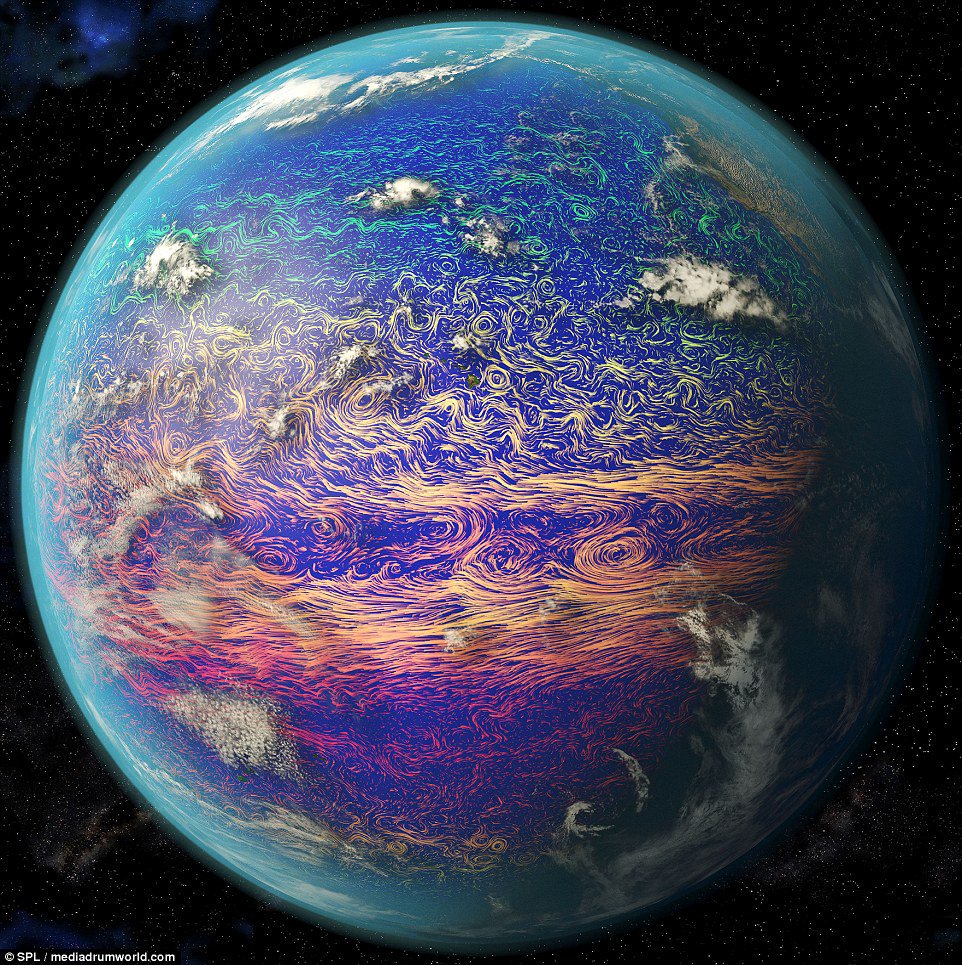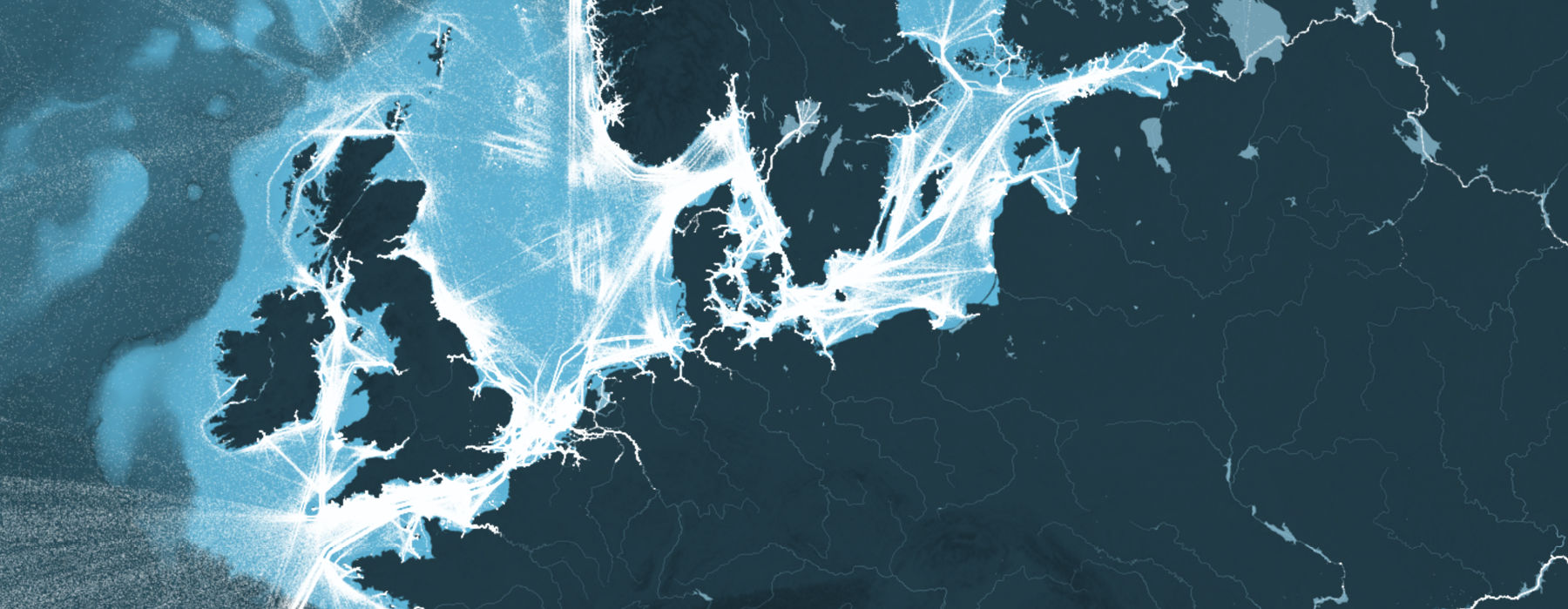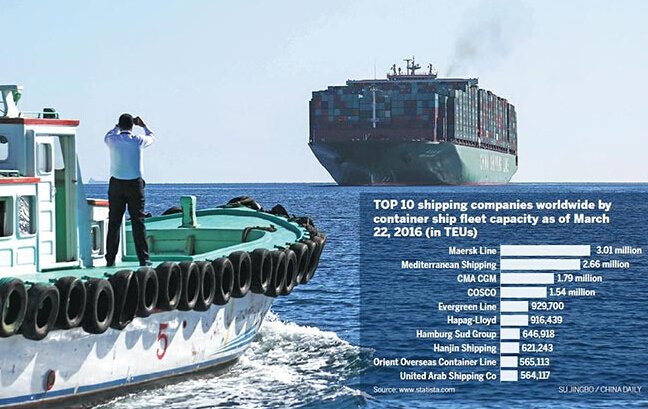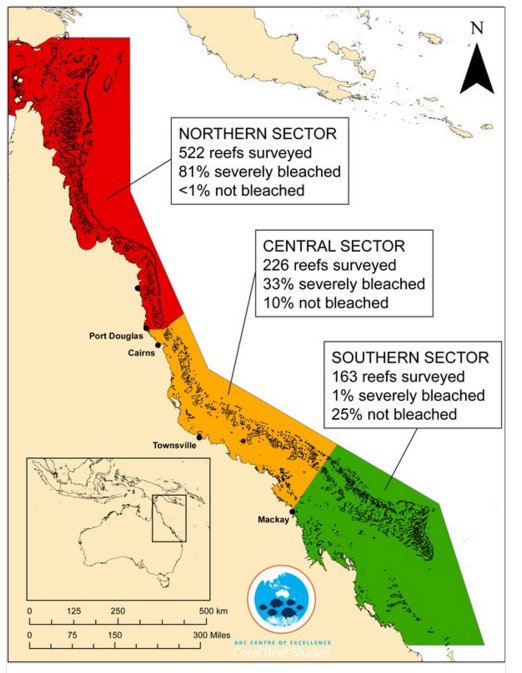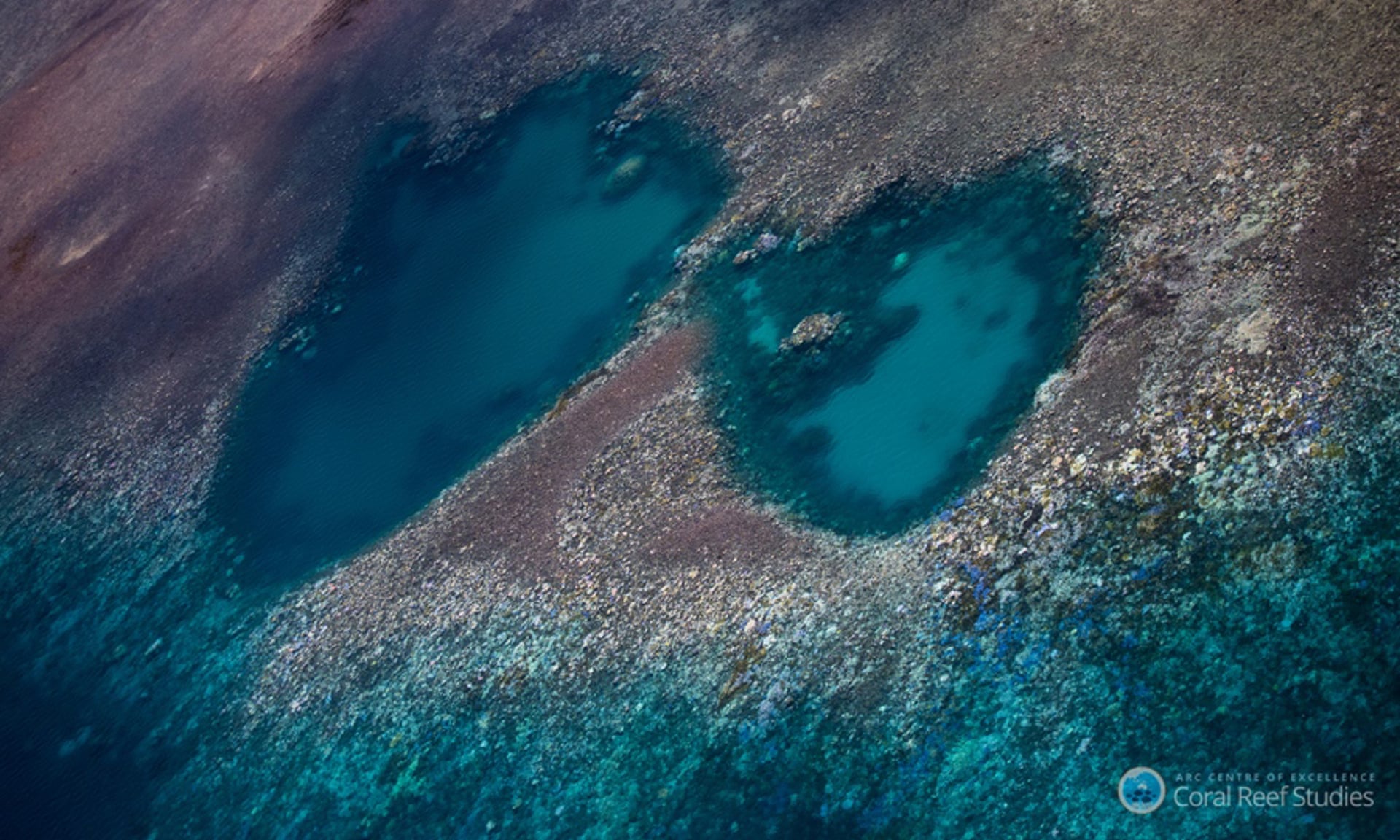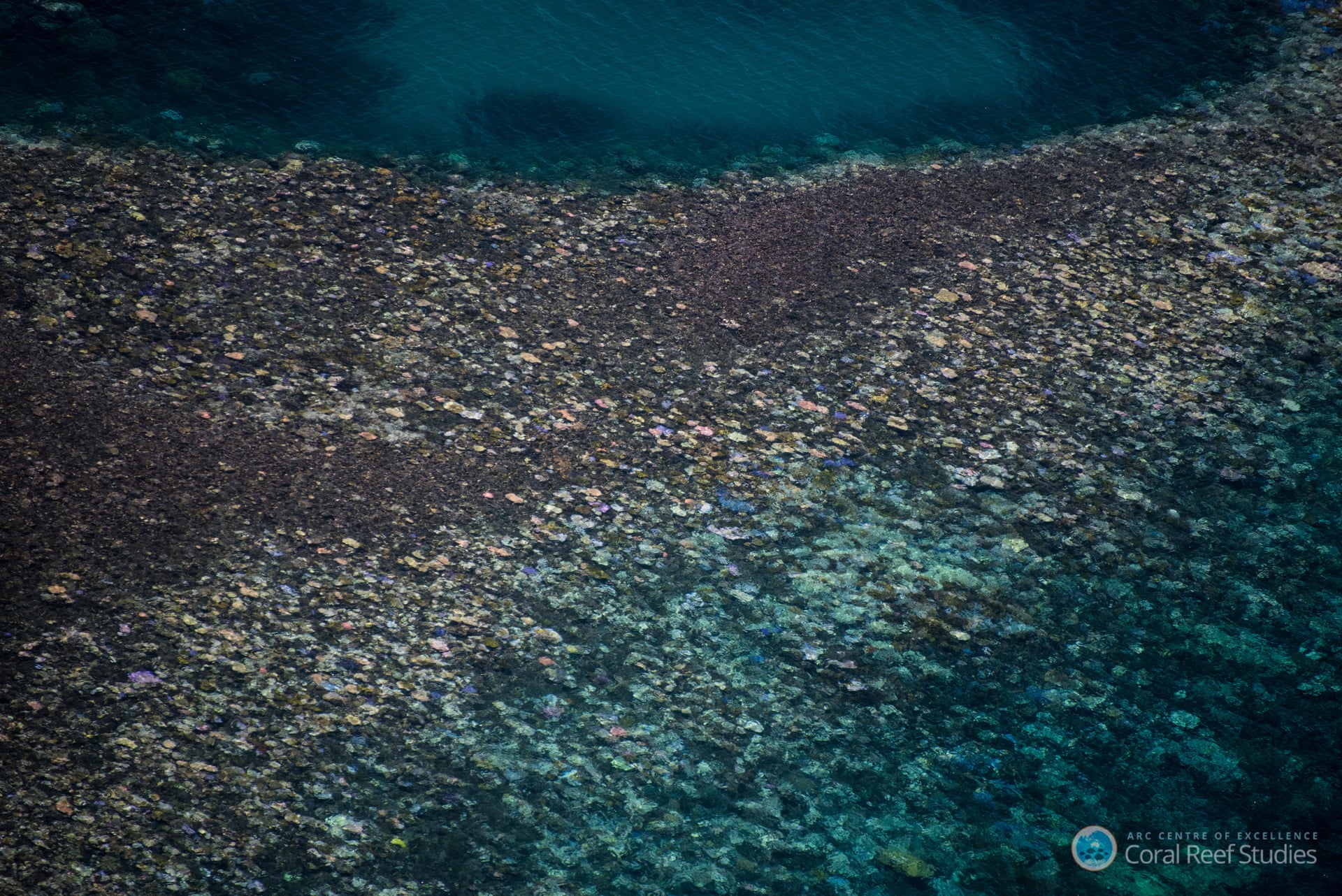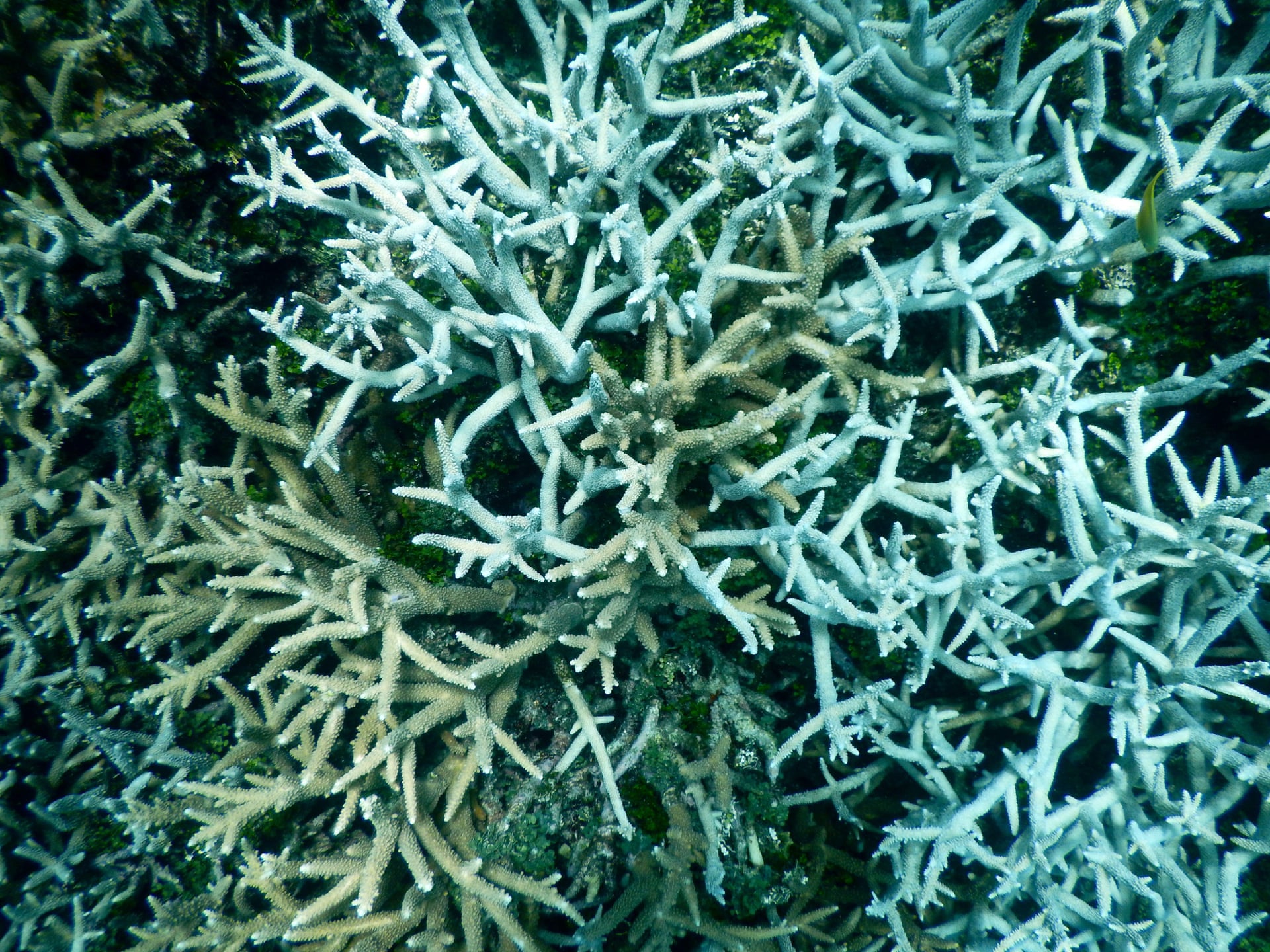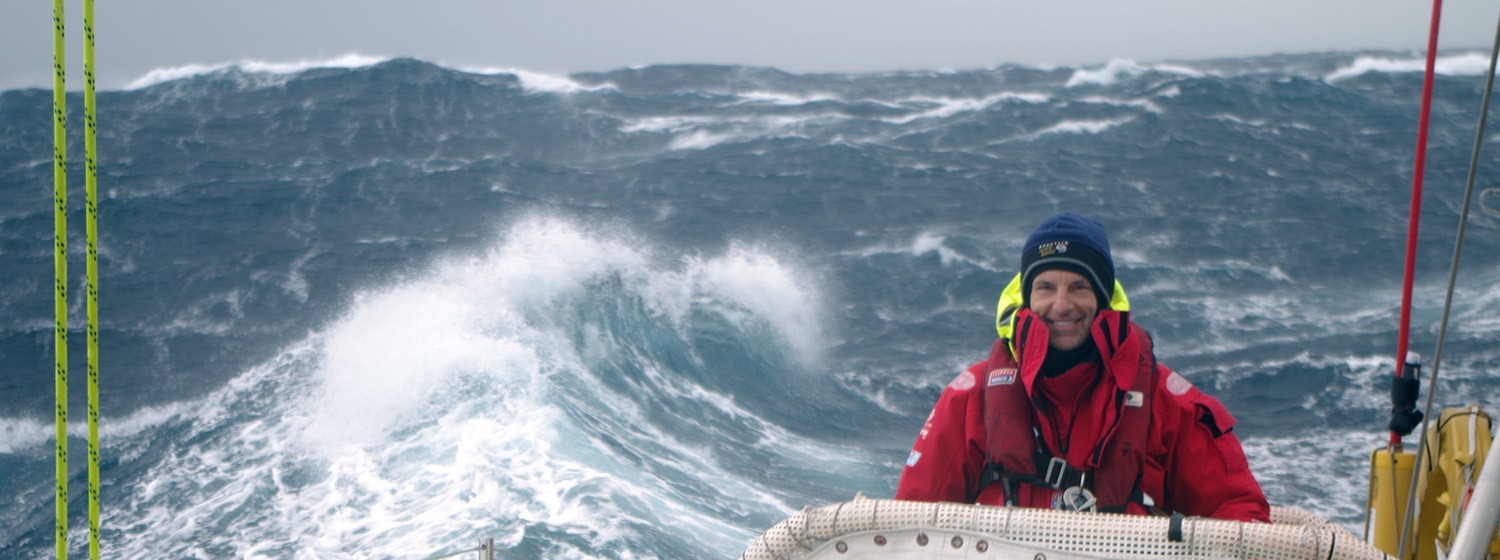"Growing up, Jacques Cousteau was my idol" he says.
"During my sail, I got to swim with whales and manta rays. It was a dream come true"
From CNN by Daisy Carrington
When Martin Frey set out to climb Mount Kilimanjaro, he had no inkling it'd be the start of an 11-year mission that would take him across continents, through oceans and potentially win him a place in the Guinness Book of World Records.
"I was simply doing a safari thing and thought Kilimanjaro would be a fun challenge," says the 56-year-old from Utah.
"It was just an add-on to the trip."
Four years later, after he successfully scaled Alaska's Denali, he got the idea of tackling the highest summits in every continent.
In the years that followed, he tackled these "seven summits" one by one: South America's Mount Aconcagua, Asia's Mount Everest, Europe's Mount Elbrus and Oceania's Carstensz Pyramid.
He completed the mission in 2012 when he made it to the top of Antarctica's Mount Vinson.
Two months later, he decided to tackle the seven seas.
He started by sailing across the North Atlantic -- from Gibraltar to Saint Martin -- in 2013 on his Lagoon 560 catamaran,
AMARA.
Final ascent : Antarctica's Mount Vinson was the last peak Frey climbed.
Shortly after, he started looking for his next challenge
7 Summits :
- Mount Kilimanjaro (Africa) – Summited August 21, 2005
- Denali (North America) – Summited June 25, 2009
- Mount Aconcagua (South America) – Summited January 11, 2011
- Mount Everest (Asia) – Summited May 20, 2011
- Mount Elbrus (Europe) – Summited August 6, 2012
- Carstensz Pyramid (Oceania) – Summited October 6, 2012
- Since some consider Mount Kosciuszko, not Carstensz Pyramid, part of the Seven Summits, Frey also summited Mt. Kosciuszko on November 10, 2013
- Mount Vinson (Antarctica) – Summited December 5, 2012
No need to go it alone
After conquering his last mountain, Frey sought out an activity that would allow him to include his wife and seven-year-old daughter, Lily.
"We were looking for something that still met my need for adventure but was still a family activity," he says.
His wife and daughter joined him on the second leg of his second journey -- across the South Pacific -- and continued to join him at various points throughout.
"We made it a true family adventure as we circumnavigated along the way," he says.
He later crewed on a square rigger -- the Bank Europa -- on a journey through the Southern Ocean, then boarded the Aventura III for his trip through the Arctic Ocean (the boat was specifically designed with large, heavy steel hulls that are able to cut through the ice).
He just sailed his final leg on the North Pacific Ocean in the Clipper Round the World race as a crew member on Visit Seattle.
He finished the race on April 17.
This makes him, he says, the first person to have ever climbed the world's seven summits and sailed the seven seas (Guinness World Records is in the process of corroborating).
Frey has since made it his mission to sail all seven seas - a task accomplished on April 17.
He says he's the first person to have climbed the seven summits and sail the seven seas.
7 Seas :
- North Atlantic – Completed sail from Gibraltar to Saint Martin on March 26, 2013
- South Pacific – Completed sail from Panama to Brisbane, Australia on November 3, 2013
- Indian Ocean – Completed sail from Torres Strait to Cape Town, South Africa on October 23, 2014
- South Atlantic – Completed sail from Cape Town, South Africa to Fortaleza, Brazil on December 12, 2014
- Southern Ocean – Completed sail from Ushuaia, Argentina to Antarctic Mainland near Argentine Islands on January 21, 2015
- Arctic Ocean – Completed sail from Dutch Harbor, Alaska to Nuuk, Greenland via the Northwest Passage on August 24, 2015
- North Pacific – Set to complete sail from Qingdao, China to Seattle in mid-April 2016
'Just an ordinary guy'
Before he became an adventurer, Frey had several other careers, first as a senior director for technology company Cisco, then as a senior official in the Utah Governor's Office.
Today, Frey also works as a motivational speaker on the topics of success and achievement.
What he isn't, he maintains, is an athlete.
"I'm not a sailing or mountaineering expert; I'm just an ordinary guy, a guy who happened to choose these challenges in order to reach my own potential," he says.
The passage, he notes, has not been without its challenges.
He recalls that when he was 17,000 feet up Denali, he encountered a storm that completely blanketed him.
"We were stuck in the tent for six days -- six long days -- waiting for the storm to abate. It was a complete whiteout."
Part of what made it easy to keep going was the knowledge that he could always turn back.
With his wife, he gave himself permission to do that if his journey ever got dangerous.
"I made a deal with my wife that none of these risks were worth it if I had to go beyond the comfort zone of where I felt I couldn't retreat," he says.
"I always had the opportunity to go try again another time without feeling like it was the end of the world."
Martin at the helm of Visit Seattle, a 70-foot racing yacht, during his North Pacific sail
(Photo credit: clipperroundtheworld.com)
What do you do with a seasick sailor?
There have been few challenges Frey hasn't been able to overcome.
One trial, however, has proved too formidable to conquer, even for him: seasickness.
"It never gets better," he says.
"The first three days whenever I leave port are miserable.
"I continually battle it whenever I go below deck."
What's important, says Frey -- and it's a point he emphasizes on the lecture circuit -- isn't the obstacles one faces but how one works with those obstacles.
"I know storms come and go. Our attitude is more important than the severity of those storms," he says.
The main lesson he's learned from his journey, however, is to not put limits on one's own potential.
"Sometimes we predefine our comfort zone, or put boxes around what we think we're capable of.
"I think I have a much stronger inherent sense of what I'm capable of achieving as an individual."
Links :
